Have you ever been startled by a dog’s howl that seemed to cut right through the quiet of the night? Or maybe you’ve laughed at a chatty pup who just can’t stop “talking” to you with a string of barks, yips, and whines. Dogs have a remarkable way of communicating—not just with their tails and eyes, but with an entire symphony of sounds. Some breeds are especially famous for the stories they tell through their voices, whether it’s a joyful yodel, a mournful howl, or a series of comical grumbles. Let’s dive into the world of the most vocal dog breeds and discover what they’re really trying to say. You might be surprised at which breeds made the list—and what their unique sounds reveal about their personalities!
Siberian Husky: The Chatty Howler
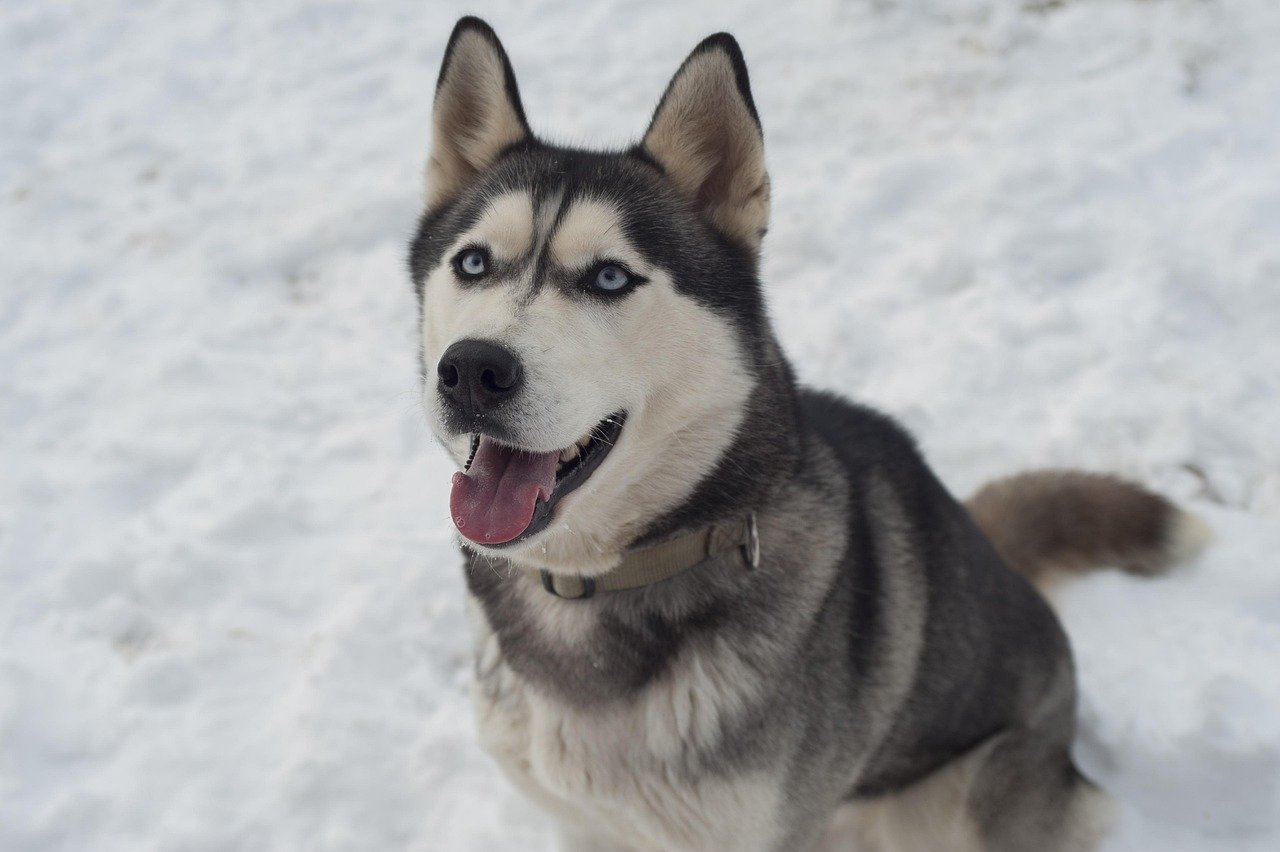
Dogs may not speak our language, but many breeds have a lot to say—and they say it in some truly unique ways. From melodic howls to grumbly growls and chirpy barks, certain breeds are especially known for their distinctive vocalizations. These sounds aren’t just noise; they’re rich with meaning, signaling everything from excitement and anxiety to affection and alertness.
Siberian Huskies are legendary for their expressive voices. Unlike many dogs who simply bark, Huskies use a wide range of sounds that can include howling, “talking,” and even what some owners describe as “singing.” Their howls can travel for miles, a trait inherited from their sled-pulling ancestors who needed to communicate across long distances in icy arctic landscapes. Huskies may howl to express excitement, loneliness, or the need for attention. Sometimes, they join in with sirens, music, or even your own laughter. Owners often say that Huskies seem to try to hold conversations, using a mix of yips, whines, and grumbles. If you’ve ever heard a Husky “arguing” about bedtime or bath time, you know just how hilarious and persistent these vocalizations can be.
Beagle: The Determined Bay
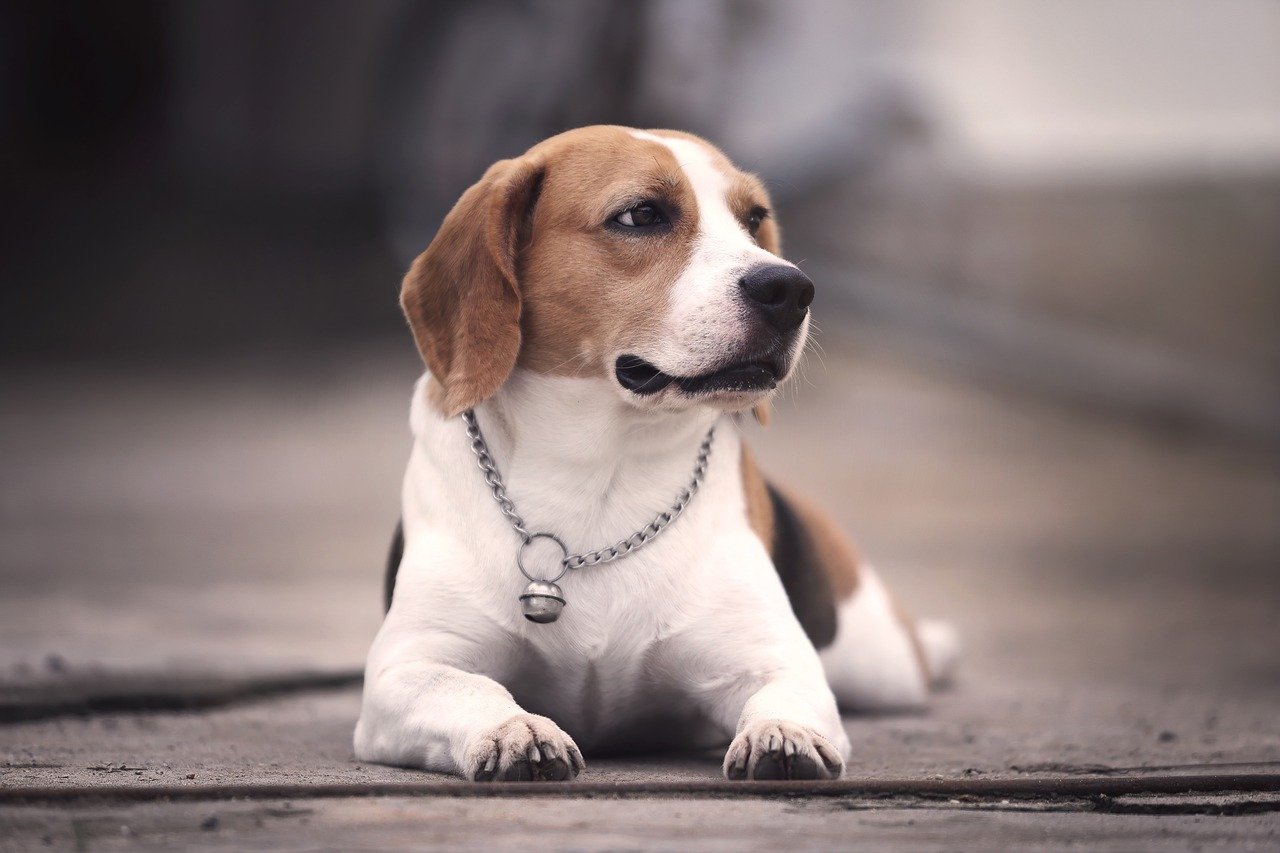
Beagles are celebrated for their distinctive bay, a loud, ringing bark that echoes through the countryside. Originally bred for hunting, their vocalizations were essential for alerting hunters to the presence of prey. When a Beagle catches a scent, you’ll often hear a series of excited barks followed by a deep, throaty bay. At home, this can mean anything from “I found something interesting!” to “Someone’s at the door!” Beagles are also notorious for their “singing” when left alone, which is their way of expressing boredom or seeking company. Their voices carry, and you’ll rarely meet a quiet Beagle!
Alaskan Malamute: The Majestic Woo-Woo
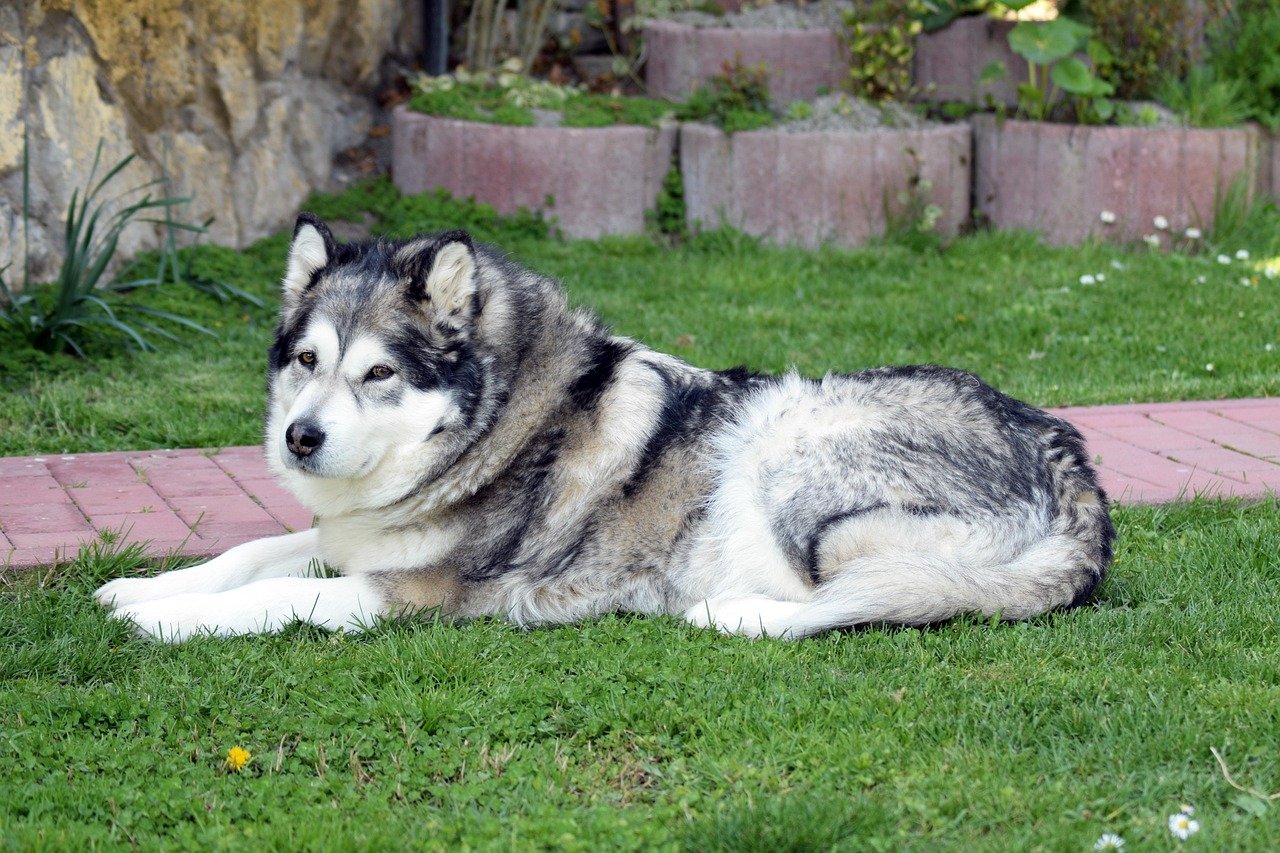
Alaskan Malamutes are vocal in a different way from other northern breeds. Instead of barking constantly, they prefer to “woo-woo”—a deep, expressive sound that sits somewhere between a howl and a bark. This vocalization is usually a sign of happiness or excitement, but it can also be their way of greeting you after a long day. Malamutes rarely bark at strangers, but when they do make noise, it’s impossible to ignore. Owners often describe their Malamute’s vocalizations as soulful and surprisingly communicative, with each “woo-woo” carrying a slightly different meaning depending on the situation.
Basenji: The Barkless Yodeler
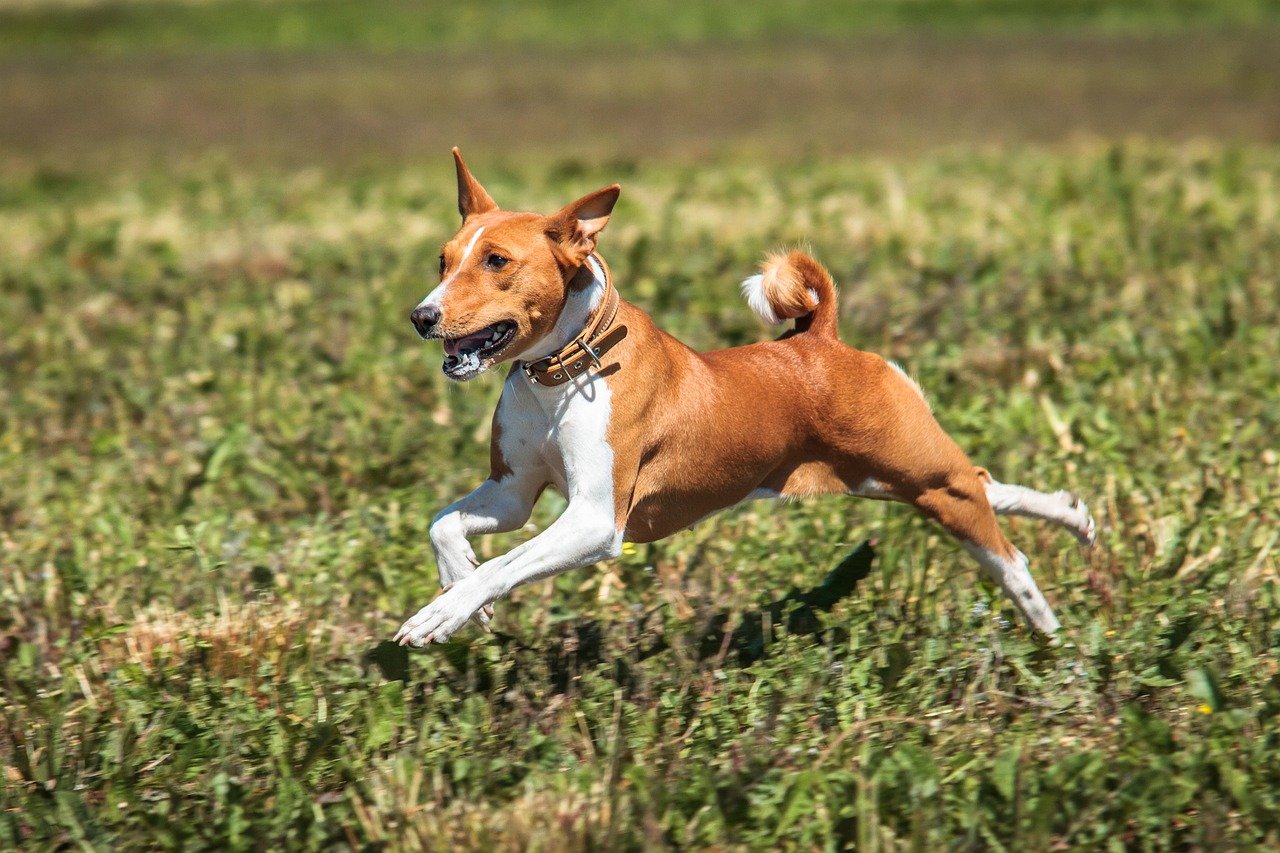
Known as the “barkless dog,” the Basenji doesn’t bark in the traditional sense. Instead, this breed produces a unique sound called a “barroo” or yodel. This distinct vocalization is due to the shape of their larynx and is often compared to a mix between a laugh and a yodel. Basenjis use this sound to express excitement, curiosity, or sometimes confusion. Their vocal style is quirky and endearing, often making owners smile. While they may not wake up the neighborhood with barking, their yodeling is unforgettable and distinctly Basenji.
Dachshund: The Fearless Barker
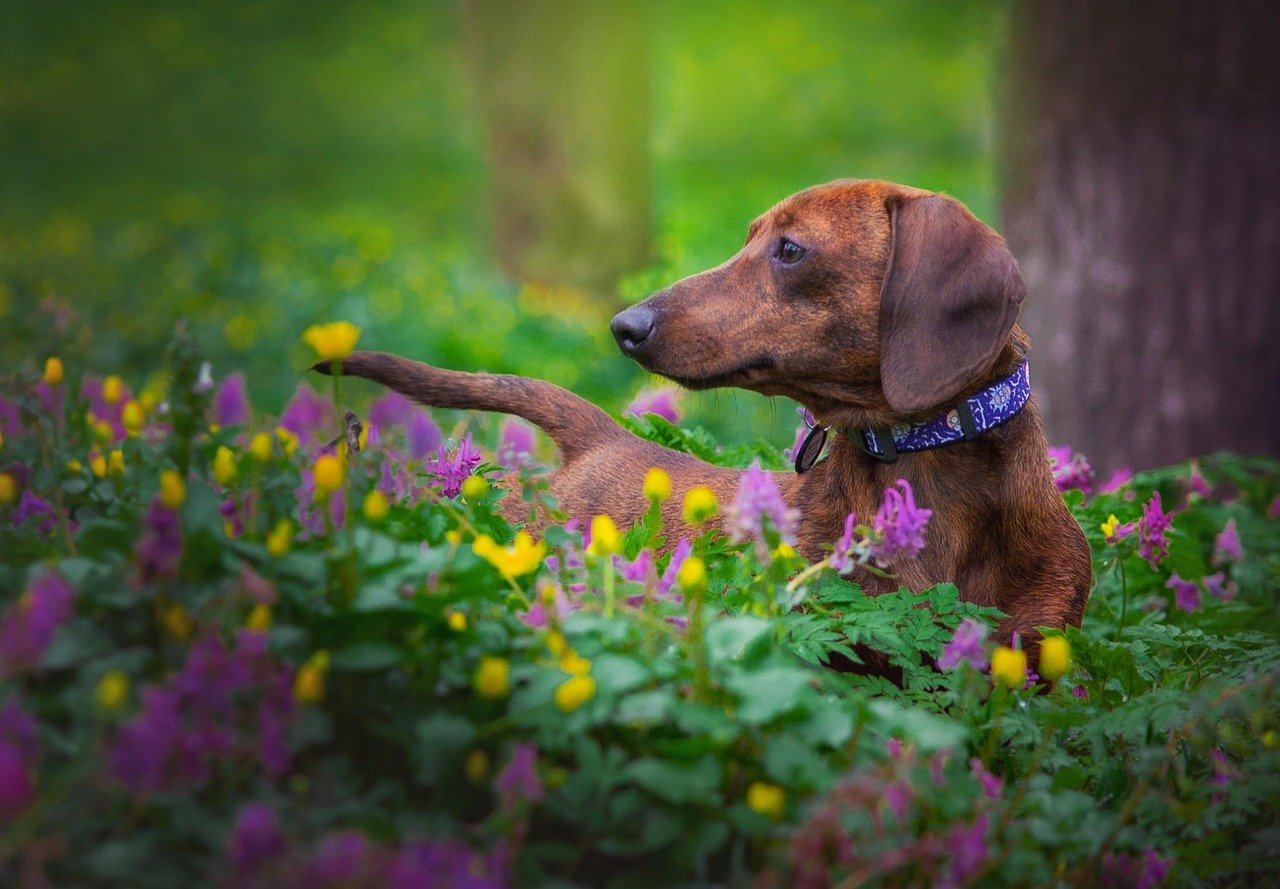
Dachshunds may be small, but their voices are anything but. Bred to hunt badgers, these little dogs use loud, persistent barks to alert their humans to intruders—or sometimes just to announce a passing squirrel. Their barks are surprisingly deep for their size, and they can be relentless when they have something to say. Dachshunds are not shy about making their opinions known, and their barking often means “I’m on guard!” or “I want attention!” Their vocal determination is a testament to their fearless, spunky nature.
Miniature Schnauzer: The Alert Alarm
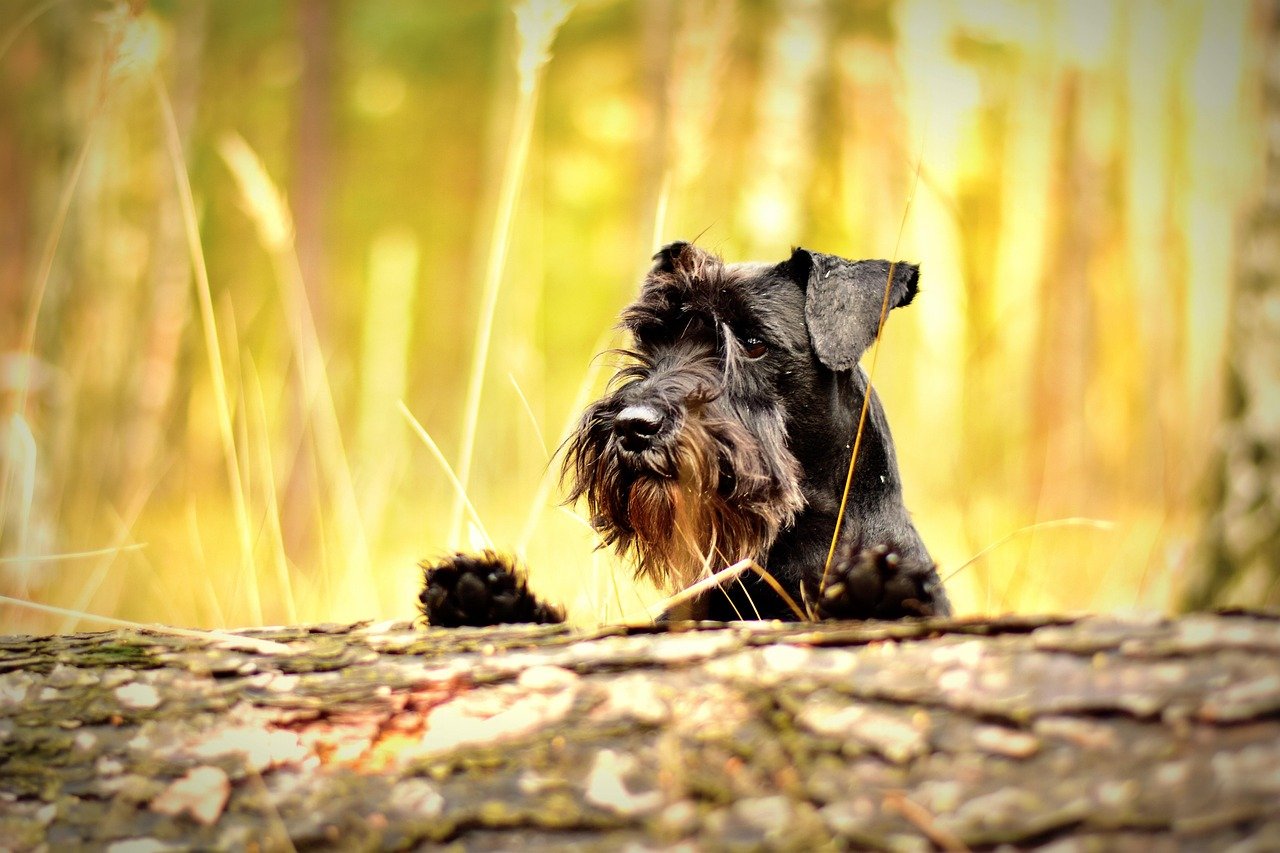
Miniature Schnauzers have a reputation for being excellent watchdogs, thanks in large part to their sharp, persistent barks. They use their voices to alert their families to anything unusual, from a knock at the door to the mail carrier approaching. Schnauzers are also known to express excitement and happiness through their barking, especially when greeting their favorite people. Their vocalizations can be quite piercing, and they often won’t stop until they’re sure you’ve noticed whatever caught their attention. It’s their way of saying, “I’m on duty!”
Basset Hound: The Melodic Howler
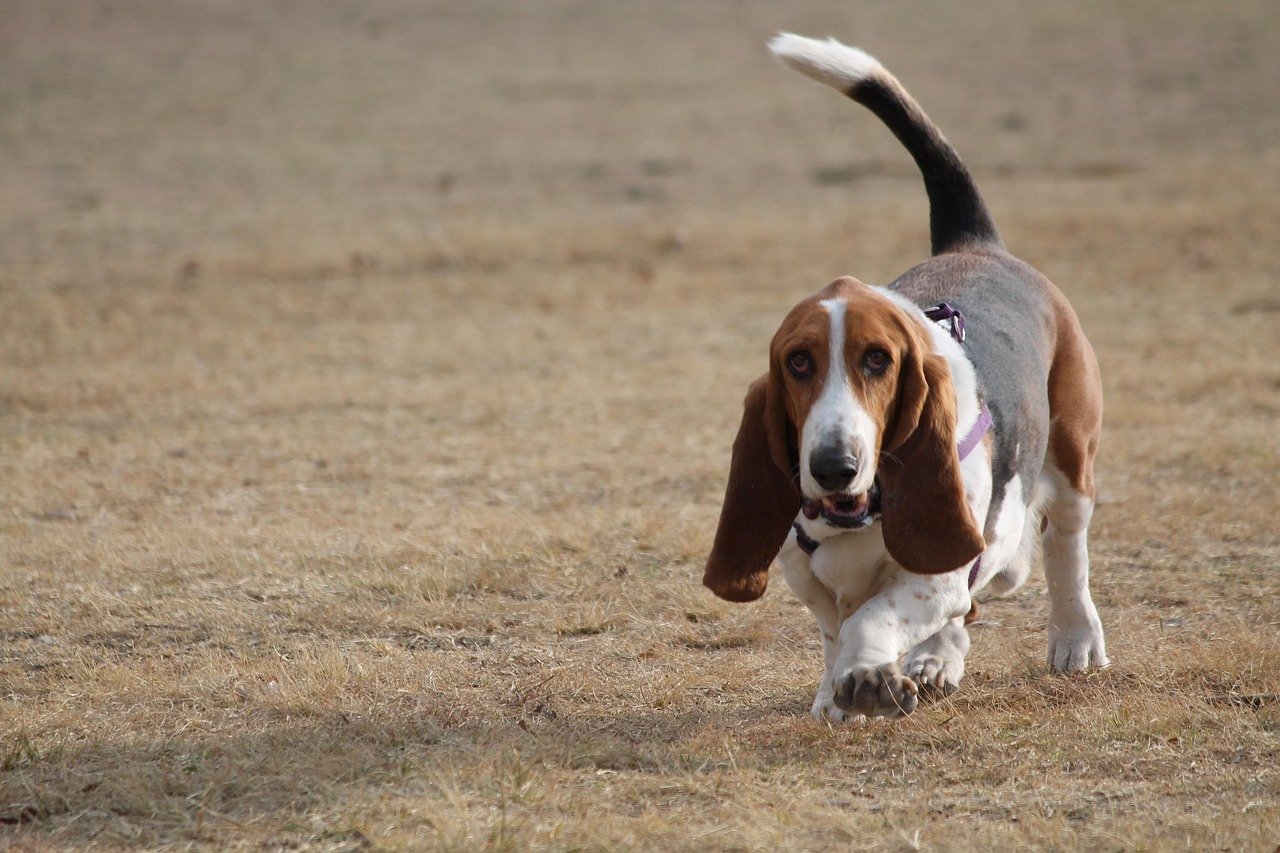
With their deep, mournful howls, Basset Hounds are impossible to ignore. Originally bred to track game, their voices were designed to carry across long distances. At home, Basset Hounds use their howls to communicate everything from boredom to longing for company or a tasty treat. Their vocalizations are often slow and melodic, almost like a song. When a Basset Hound decides to “sing,” it’s both touching and amusing, giving a glimpse into their gentle, soulful personalities.
Coonhound: The Booming Bay
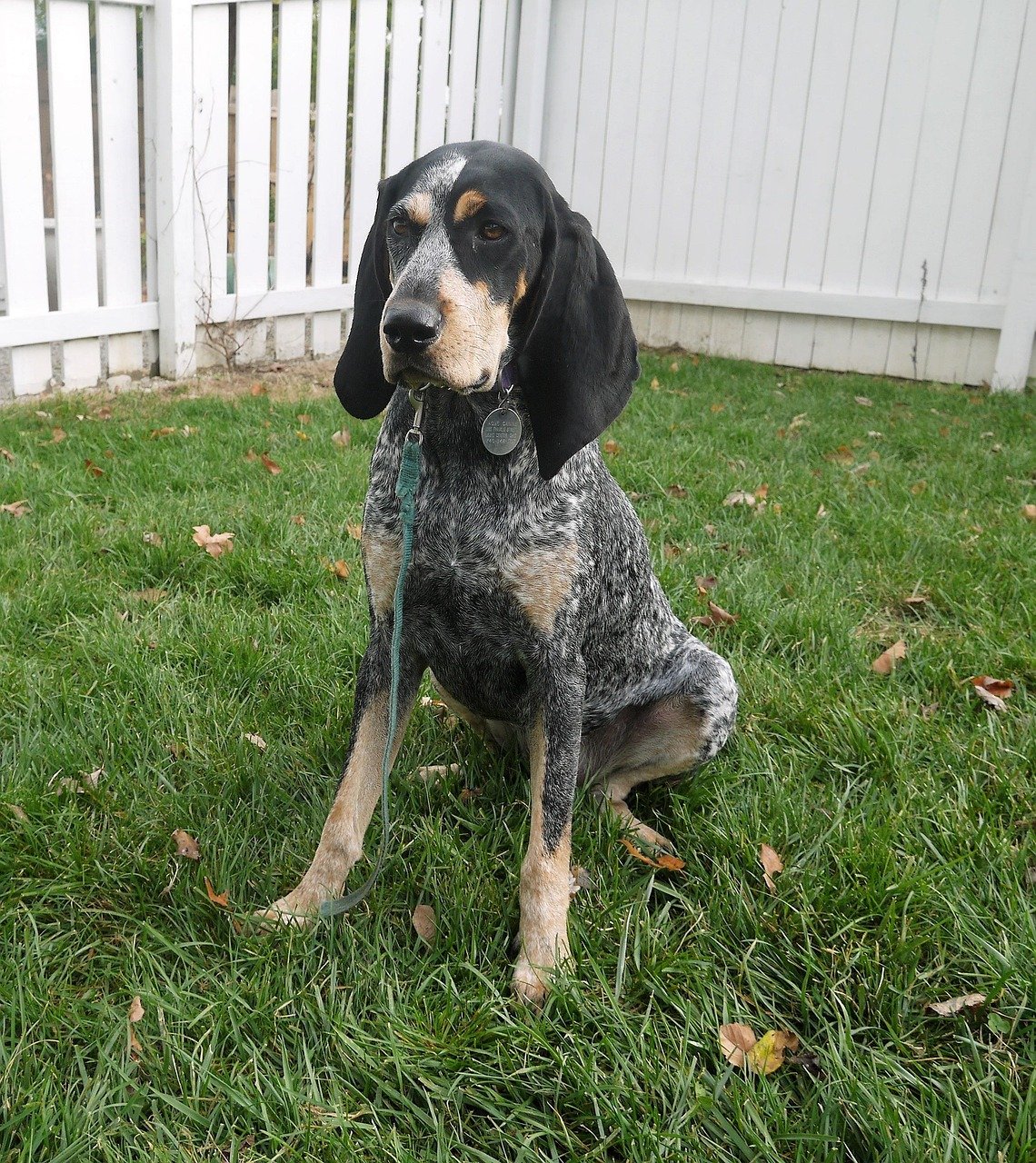
Coonhounds are famous for their powerful, booming bays—a sound that can be heard echoing through the woods during a hunt. These bays were developed to help hunters locate their dogs from far away. At home, Coonhounds use their voices to alert their families to anything unusual or simply to express excitement. Their vocalizations are deep and resonate with a sense of purpose. Coonhounds are not shy about using their voices, and their bays carry a message of determination and enthusiasm.
Shiba Inu: The Dramatic Scream
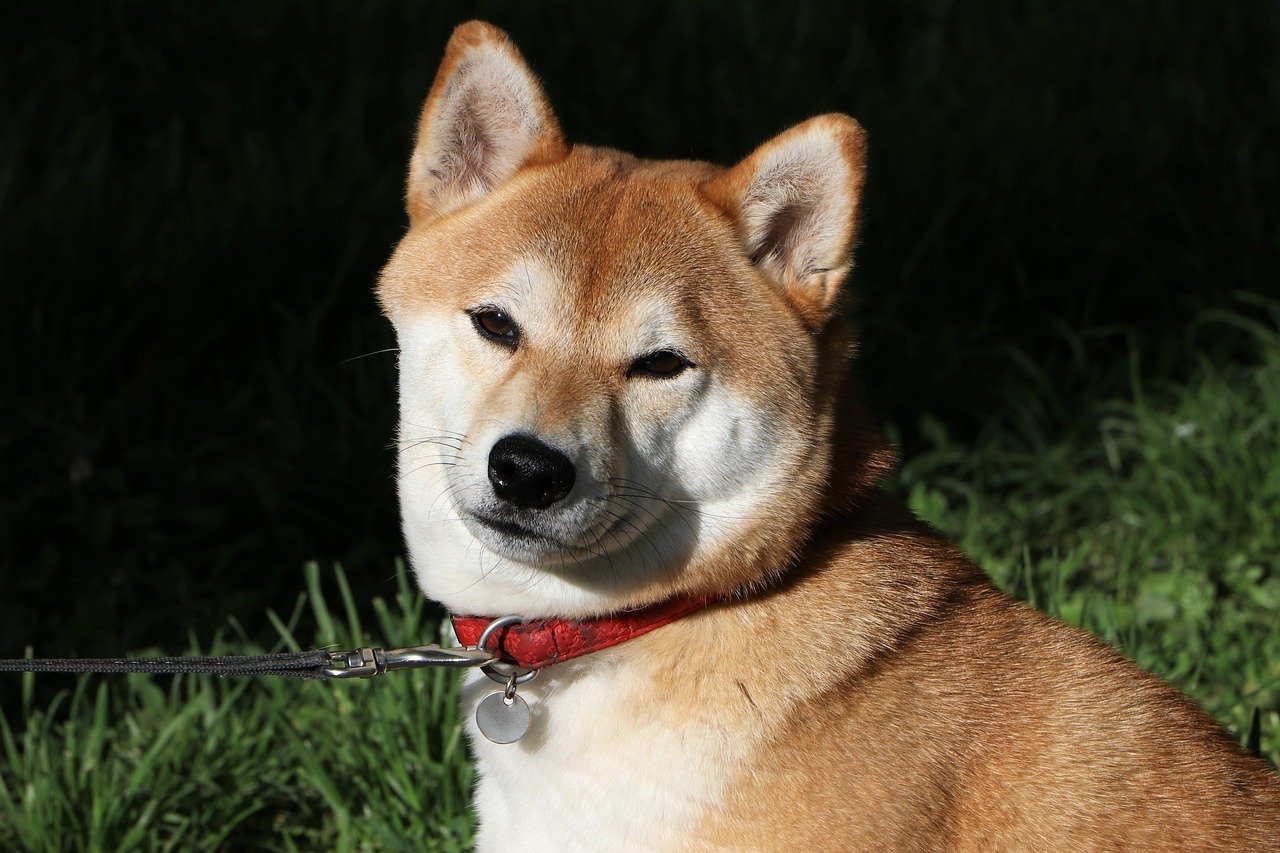
The Shiba Inu is known for a truly unique sound—the “Shiba scream.” This high-pitched, dramatic vocalization is often heard when a Shiba is startled, upset, or extremely excited. It’s startling to those who haven’t heard it before and can sound almost like a human scream. Shibas also use yips, grumbles, and barks to communicate their mood. Their vocal expressions are a clear reflection of their strong-willed and independent personalities. When a Shiba wants to make a point, you’ll definitely hear about it.
Pomeranian: The Persistent Yap
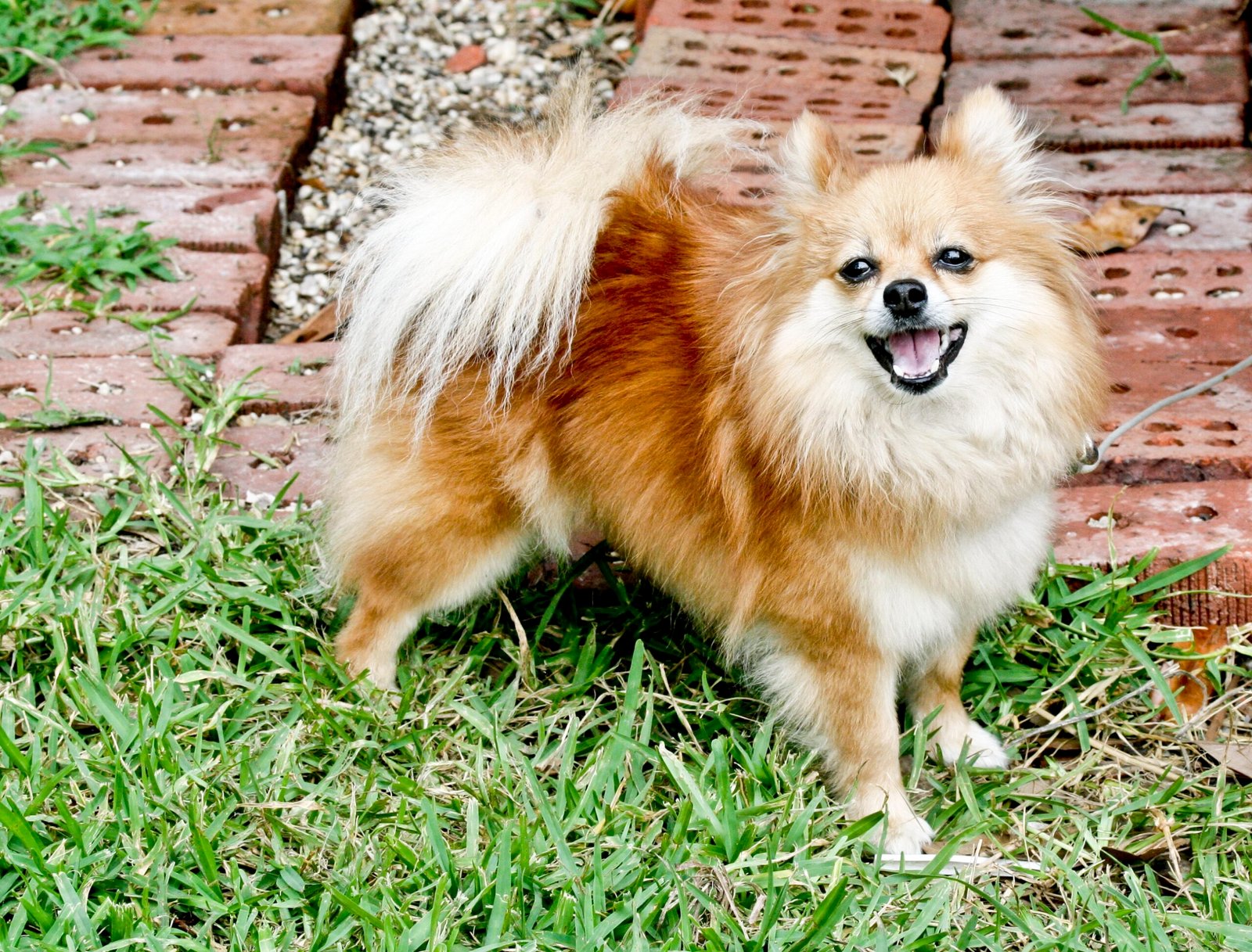
Pomeranians may be tiny, but their voices are mighty. These little dogs are notorious for their sharp, persistent barking. They use their yaps to announce visitors, express excitement, or sometimes just to demand attention. Pomeranians are alert and intelligent, and their vocalizations are often their way of making sure they’re not overlooked. Their barking can become a chorus if they’re left alone for too long, signaling their need for companionship and engagement.
Yorkshire Terrier: The Tenacious Barker
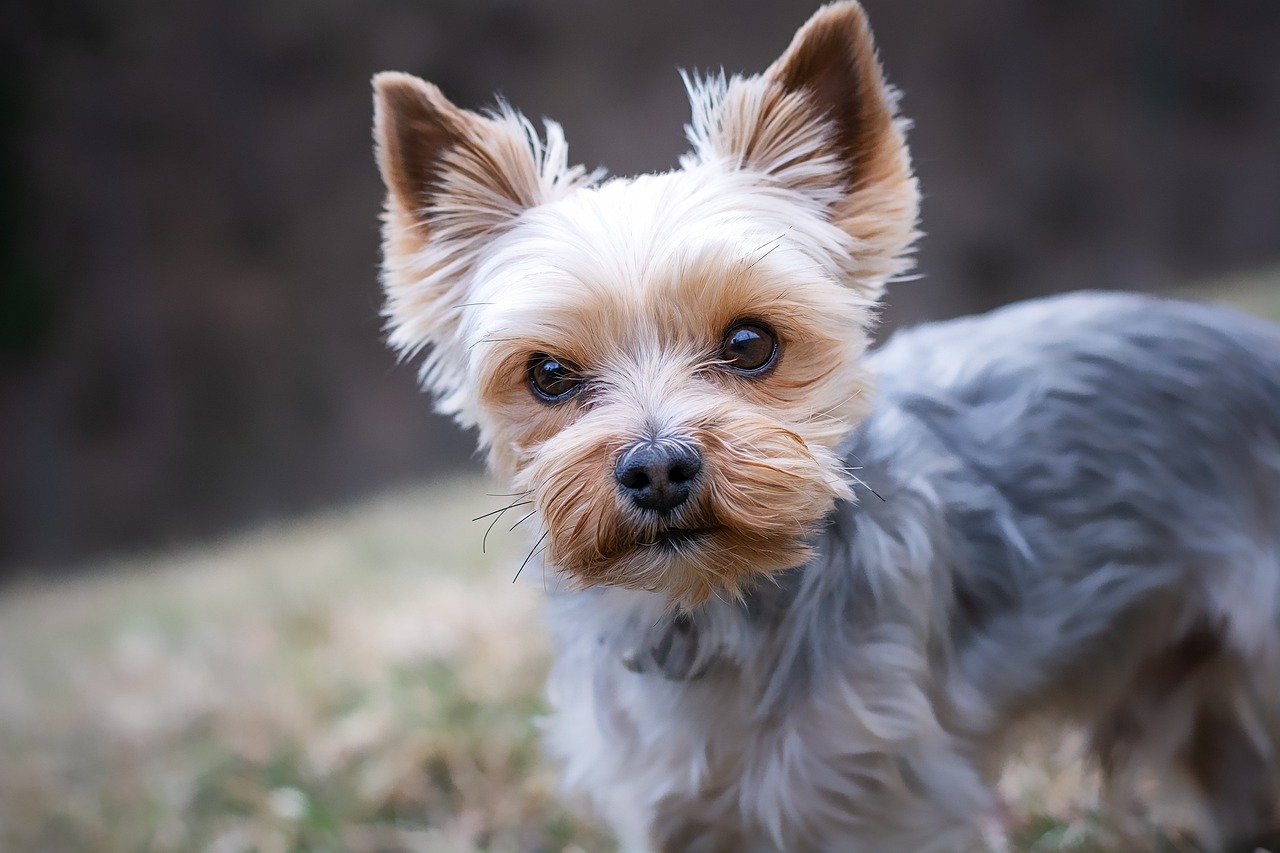
Yorkshire Terriers, or Yorkies, are small dogs with big personalities—and even bigger voices. Their high-pitched barks are unmistakable and often used to alert their owners to anything out of the ordinary. Yorkies also “talk back” when they want attention or disagree with something, making them seem almost conversational at times. Despite their size, they’re fiercely protective, and their barking is a clear signal that they’re always on guard, ready to stand up for their family.
Samoyed: The Joyful Talker
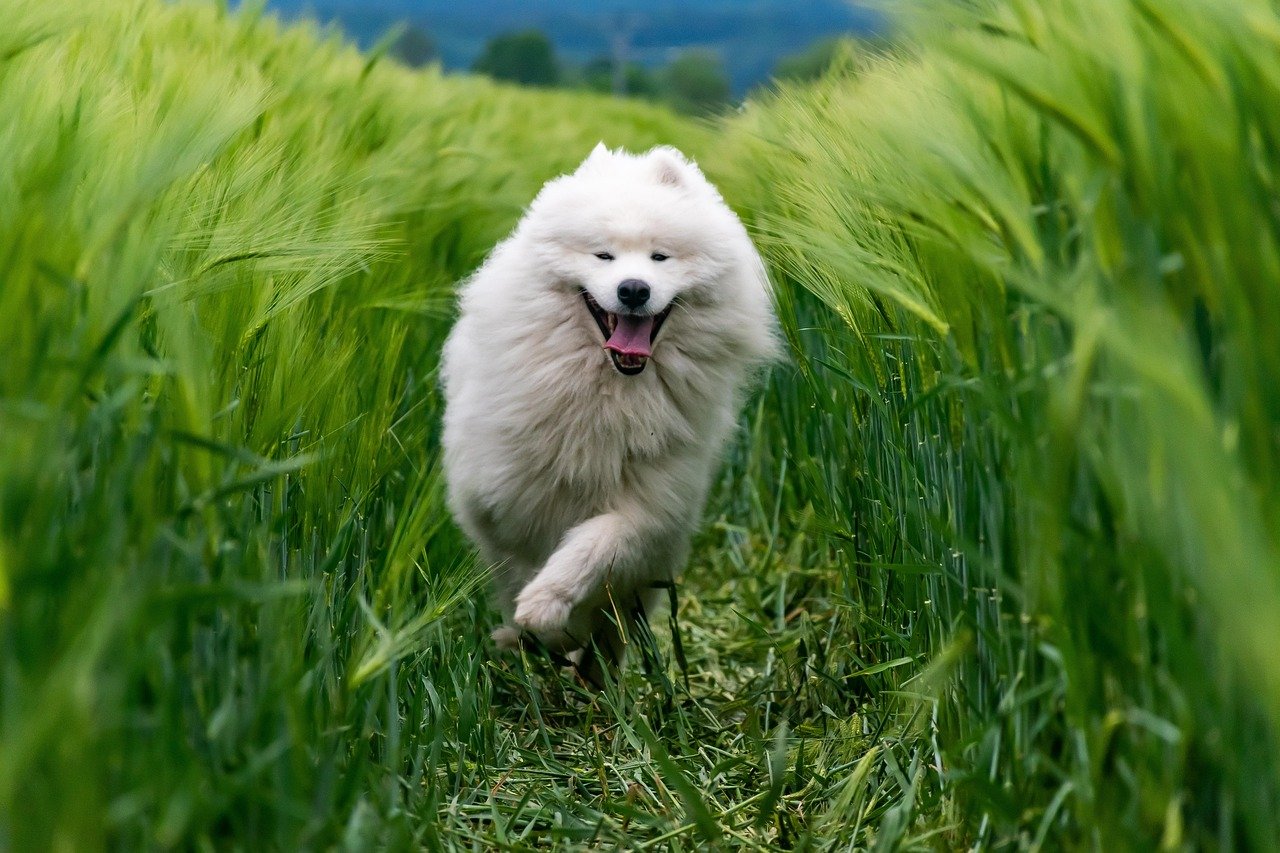
Samoyeds are famous for their friendly demeanor and their “Sammy smile,” but they’re also quite the talkers. They use a combination of barks, howls, and “talking” sounds to express happiness, excitement, or even impatience. Samoyeds are highly social, and their vocalizations are a way to engage with their families and express their feelings. Owners often describe their Sammies as having a “sense of humor,” using their voices to playfully interact with people and other pets.
Chihuahua: The Spirited Yapper
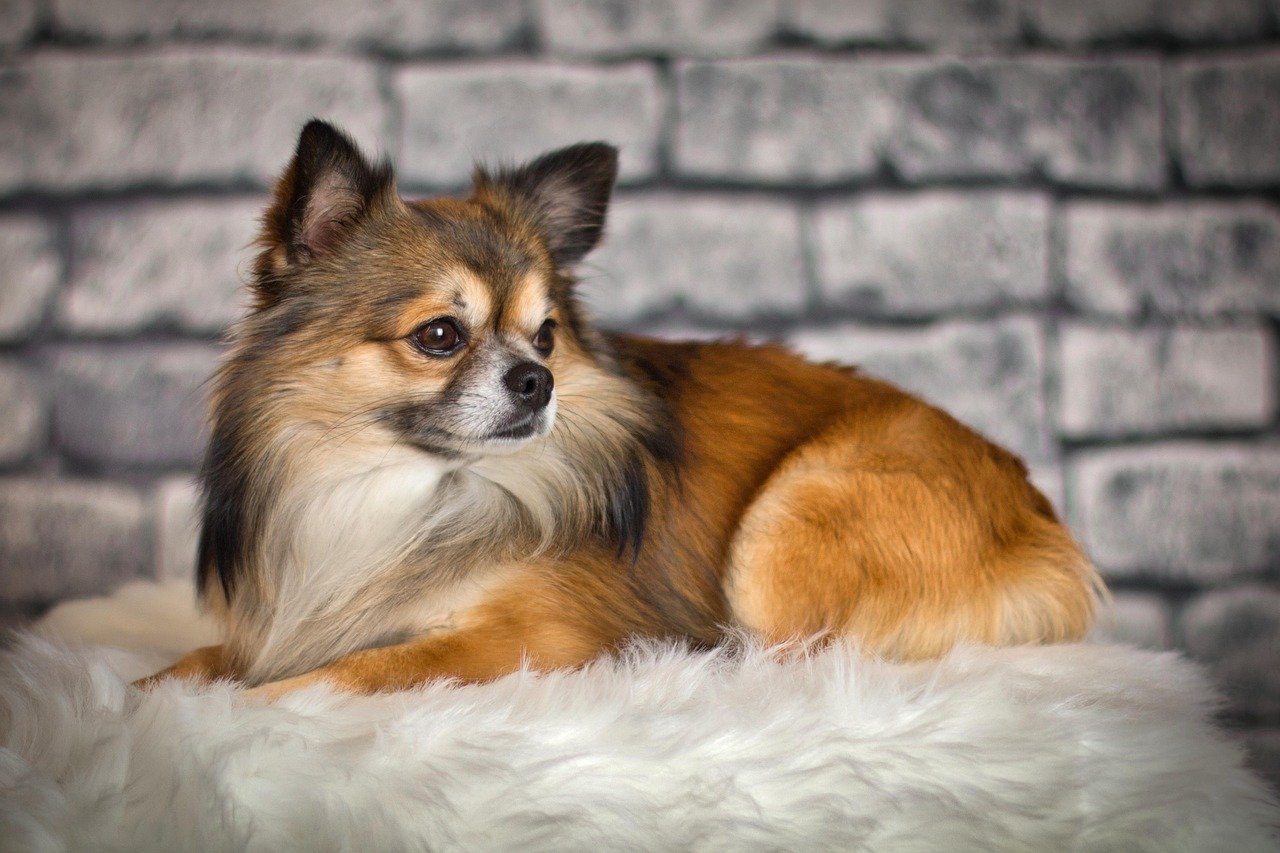
Chihuahuas are tiny dogs with big attitudes, and their voices reflect that. They bark to alert their owners, express excitement, or sometimes just to join in on the action. Chihuahuas can be quite vocal when they feel threatened or are seeking attention, and their yapping is often persistent. Despite their size, they have no problem making themselves heard, and their vocalizations often come with a side of sass and spunk.
Keeshond: The Friendly Chatterbox

Keeshonds are social and affectionate, and they love to use their voices to communicate with their families. They bark to greet people, alert to strangers, or express excitement. Keeshonds are also known for making a variety of other noises, including “talking” and grumbling, especially when interacting with their favorite people. Their vocalizations are friendly and often quite endearing, making them seem even more like a member of the family.
Sheltie (Shetland Sheepdog): The Expressive Barker
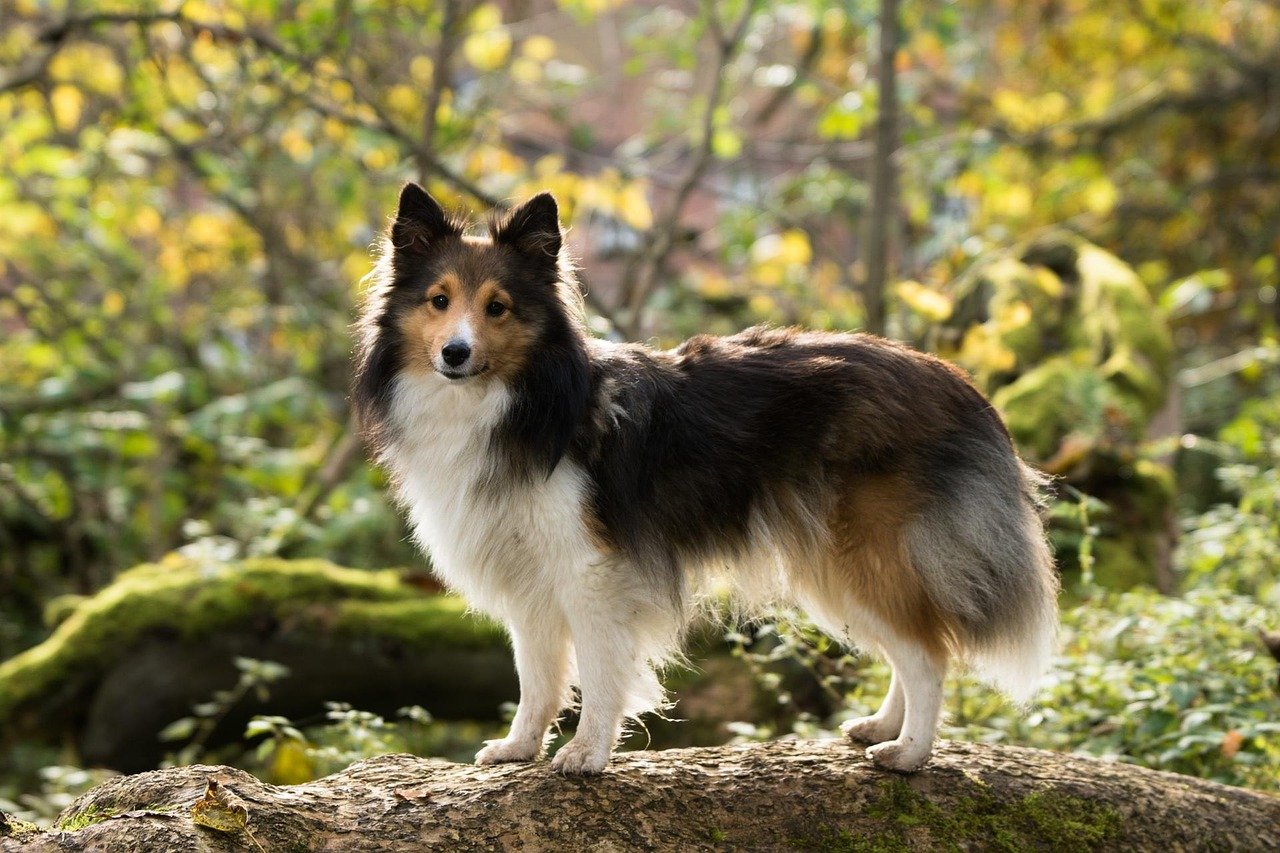
Shelties are famous for their intelligence and their highly expressive voices. They use barking to communicate excitement, alertness, or impatience. Shelties are natural herders, and their vocalizations were developed to control livestock and communicate with their human partners. At home, their constant chatter might include barking, whining, and even “singing” along with music or television. Shelties love to be part of the action, and their voices make sure they’re never left out.
American Eskimo Dog: The Vocal Companion
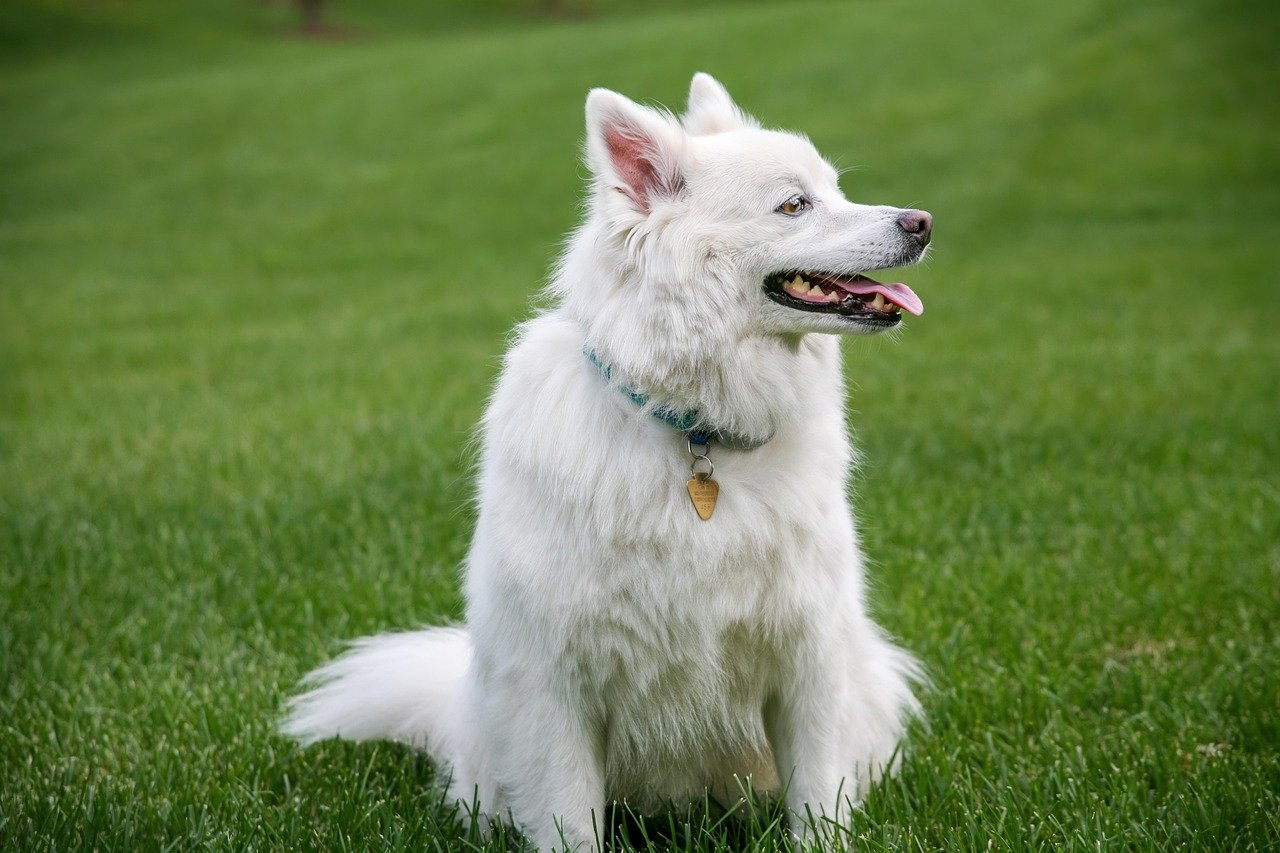
American Eskimo Dogs are lively and alert, using a range of barks, howls, and even “talking” noises to communicate. They’re quick to alert their families to anything unusual, and their voices are often used to express excitement or joy. Eskies are highly intelligent and social, and their vocalizations are a big part of their personalities. Owners often find themselves in “conversations” with their Eskies, who seem determined to get their point across.
Australian Shepherd: The Energetic Buzzer
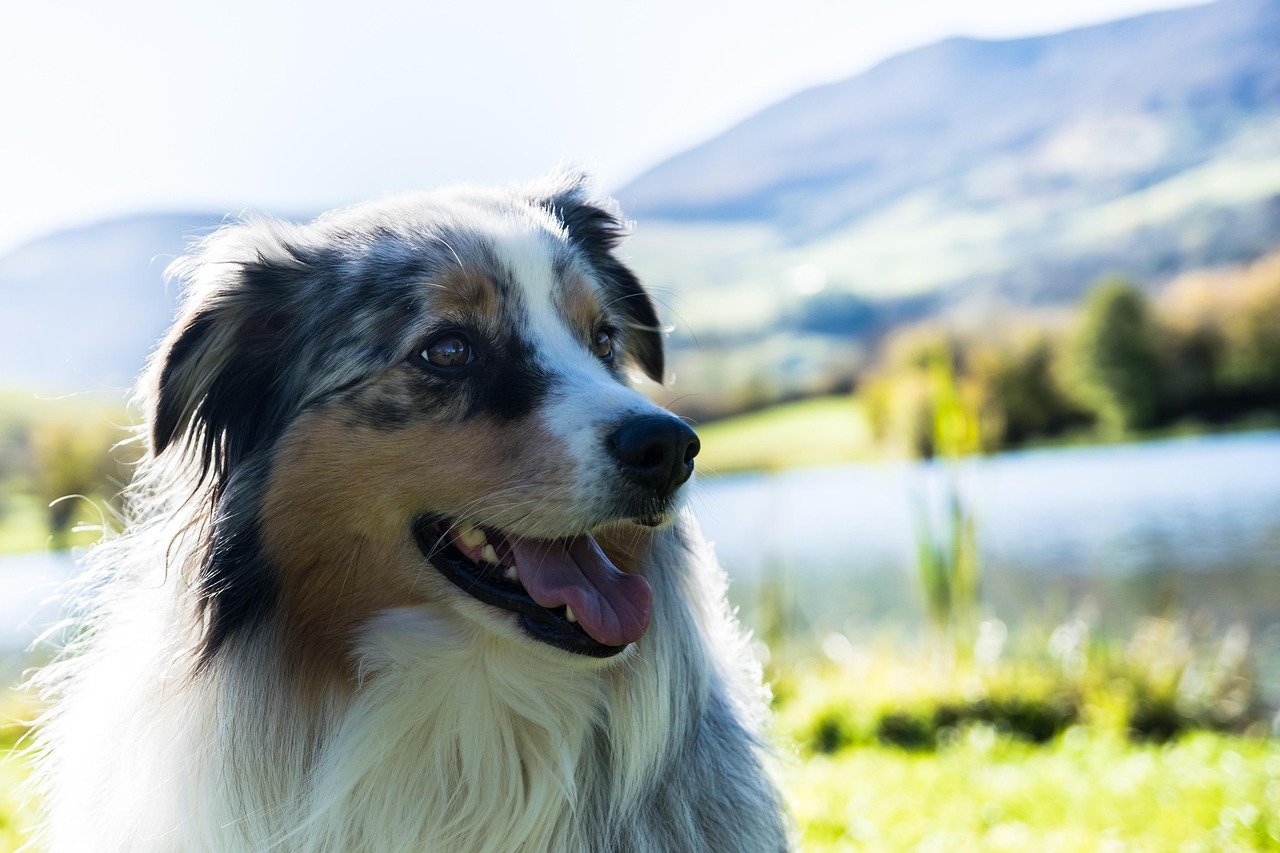
Australian Shepherds are full of energy and love to use their voices. They bark to herd animals, alert to changes in their environment, or simply to express their excitement. Aussies are also known for making unique buzzing or whining sounds when they’re happy or eager. Their vocalizations are a big part of their working heritage, and at home, they use their voices to stay connected with their families and communicate their needs or desires.
Finnish Spitz: The Barking Bird Dog
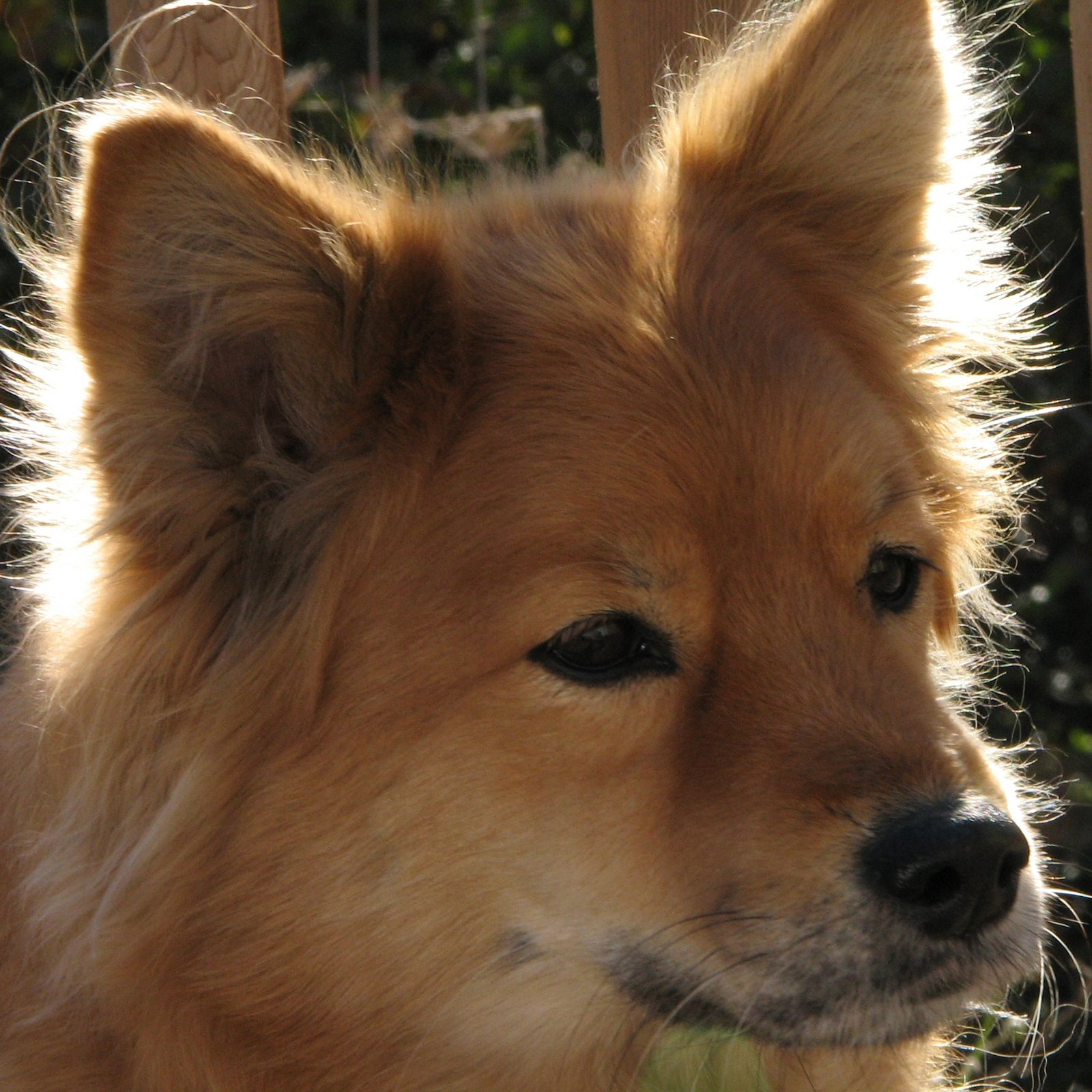
The Finnish Spitz is sometimes called the “Barking Bird Dog” because of its unique, rapid-fire vocalizations. This breed was developed to hunt game birds, and their sharp, repeated barks were used to alert hunters to the presence of prey. At home, Finnish Spitz dogs are quick to announce visitors or express their excitement with a chorus of barks. Their voices are bright and cheerful, and they often use a variety of sounds to communicate with their humans, making them one of the most distinctive vocal breeds in the world.
Understanding your dog’s unique vocalizations is about more than managing noise—it’s about deepening your bond and learning their language. Each breed’s sounds, whether dramatic howls or playful murmurs, offer insight into their emotions, needs, and personalities. By tuning in and responding thoughtfully, you strengthen communication and foster a more trusting, responsive relationship. So the next time your dog “speaks up,” you’ll know—it’s not just barking, it’s a conversation waiting to happen.
Jen is a passionate nature lover and ocean conservationist. She has dedicated her life to protecting the environment and preserving the beauty of the natural world. Growing up in a small coastal town, Jen sincerely appreciated the ocean and its inhabitants. She has spent countless hours exploring the shoreline, learning about the creatures that inhabit the waters, and advocating for their protection. Jen is an active member of ocean conservation organizations, and she is committed to educating the public about the importance of conserving wildlife and the natural environment.






